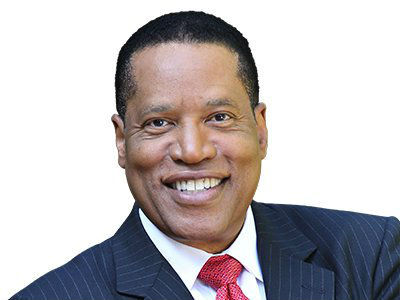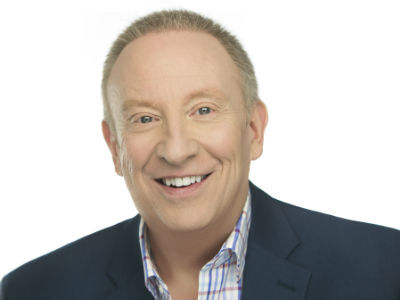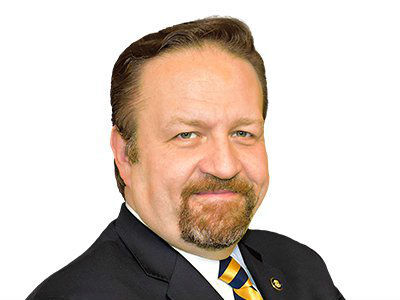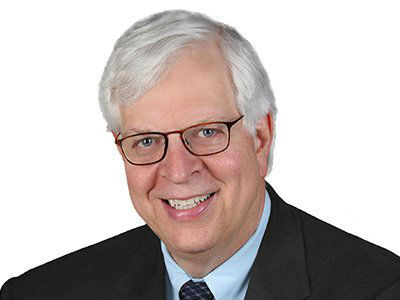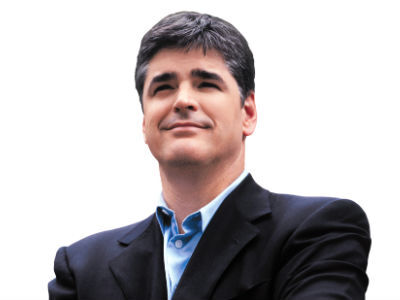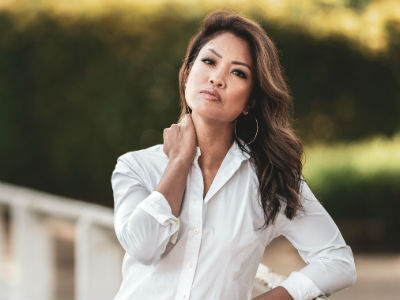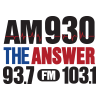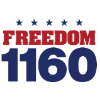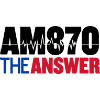Far from making their last calls, LGBTQ+ bars evolve to imagine a new world
Lifestyle

Audio By Carbonatix
12:00 PM on Wednesday, October 1
By Eliza Siegel, Stacker
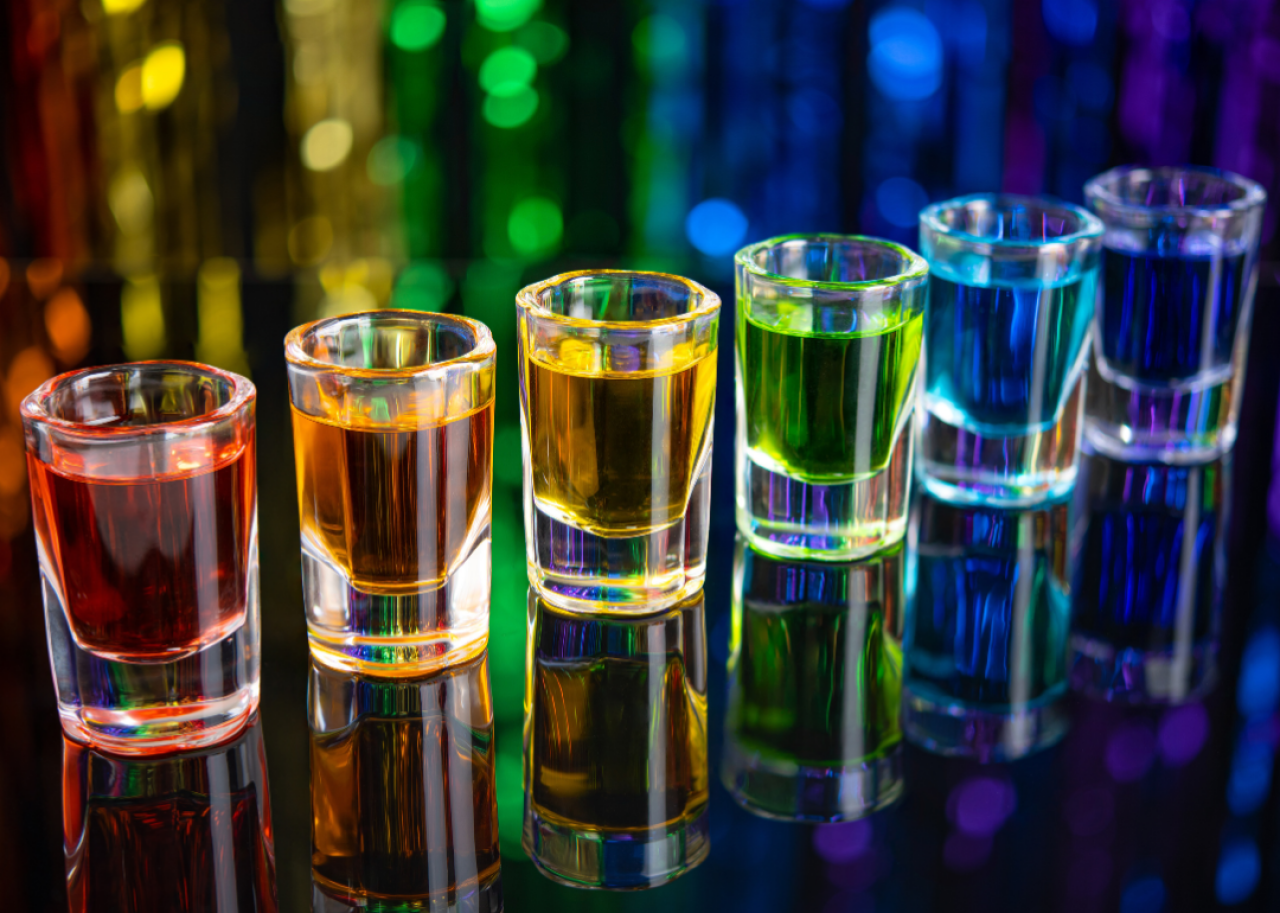
Far from making their last calls, LGBTQ+ bars evolve to imagine a new world
Greggor Mattson put about 10,000 miles on his car during his long, winding pilgrimage to 300 LGBTQ+ bars across 39 states. Mattson, the chair of sociology at Oberlin College and Conservatory, embarked on this journey to research why LGBTQ+ bars all over the U.S. were closing, but the story ended up being more complicated—and hopeful—than that.
LGBTQ+ bars have a rich history in the United States, serving as spaces where communities could gather, political organizing could occur, and queer joy could be on display, despite the threat of violent suppression. They have also been sites of revolutionary change, earning some of the earliest civil rights victories in the 1950s and '60s, when gay bar owners challenged state morality laws and won, ensuring their right to serve openly LGBTQ+ patrons.
These victories did not mean that these bars were free from interference from law enforcement, however. Police raids targeted gay bars decades after these cases were decided, leading to sometimes violent clashes between bar patrons and cops.
The most prominent of these clashes was the Stonewall uprising, which started on June 28, 1969, when police raided the Stonewall Inn, a popular gay bar in New York City. Bar patrons—many of whom were Black, Hispanic/Latino, transgender, and gender-nonconforming—rebelled against the cops, defending themselves and their right to exist freely. The uprising lasted multiple nights and is credited with touching off the modern gay rights movement, though countless other similar incidents preceded Stonewall and built momentum within the community.
After Stonewall, LGBTQ+ bars increasingly became functional community centers and were able to operate more openly as attitudes toward the queer community began to shift. To find out how these bars are evolving to meet the needs of LGBTQ+ communities today, Stacker spoke with Mattson, sifted through historical archives, and analyzed various studies.
The closures and comebacks of LGBTQ+ bars
Mattson became interested in researching the rapidly evolving ecosystem of LGBTQ+ bars in the U.S. following the closure of his favorite gay bar in Cleveland in the early 2010s. For part of his research, he turned to the Damron Guide, a pre-Yelp-era series of guides on LGBTQ+-friendly places that began publishing annually in 1964.
What he found confirmed that the closure of his local gay bar fit into a national trend of gay bars shuttering, beginning in the early 2000s. Between 2002 and 2023, the number of LGBTQ+ bars in the country declined by a staggering 45%, said Mattson, who would eventually publish his findings in the journal Socius in 2023.
Those closures were not evenly distributed throughout the country, however. Certain cities gained LGBTQ+ bars, while major metropolises remained roughly the same. Smaller cities were hit the hardest by closures, losing more than half of their bars. Not all types of LGBTQ+ bars were equally impacted by closures either. Men's kink bars, bars specifically catering to queer people of color, and old-school gay men's bars closed at higher rates than other bars, according to Mattson.
A complicated mix of economic and social forces is to blame for the disappearance of many LGBTQ+ bars. The COVID-19 pandemic decimated dozens of gay bars, like the Albuquerque Social Club, an institution in its community for nearly four decades. When its closure was announced, there was an outpouring of grief and remembrance for the space. "It was really the hub of our gay community. When someone needed help, when they needed a fundraiser, it always happened at the social club," then-Albuquerque city council member Pat Davis told the Albuquerque Journal back in 2020.
LGBTQ+ bars were disappearing even before the pandemic, however. In smaller cities that are shrinking in population, these bars have often shuttered. "Bars reflect the communities in which they are in," Mattson said. Meanwhile, coastal cities with large LGBTQ+ populations and bigger tourism economies can maintain their LGBTQ+ bars, even as gentrification drives out locals.
On the other hand, lesbian bars—despite many reports to the contrary—have been bouncing back in recent years. Although there was a period of decline, lesbian bars have doubled over the past five years. "We are in the silver age of lesbian bars—the golden age was in the late '80s—but people are very invested in the narrative of lesbian bar decline, and that's not happening," Mattson said.
Part of this comeback is due to efforts from organizations like the Lesbian Bar Project to shed light on the disappearance of lesbian bars during the pandemic. Mattson also credits more recent nostalgia for lesbian spaces and a sense of longing for places that make gender-diverse people feel comfortable for the resurgence of lesbian bars.
LGBTQ+ bars are changing—and that might be a good thing
For the bars that have survived, as well as for new ones that have sprung up, there is a dual challenge: how to be financially viable while meeting the needs and desires of the communities they serve.
Some bars that are the only LGBTQ+ outposts in their respective communities need to be all-inclusive, one-stop shops, while in larger cities with multiple queer bars, outposts can cater to more niche segments of the community. According to Mattson, queer bars overall are trending toward being increasingly welcoming to all genders, as well as to heterosexual patrons.
It was an evolution that wasn't always easy. Sometimes, attachment to the way things once were can butt up against the need to evolve, an issue Mattson said he saw play out at bars where some patrons resisted the need for their space to become more gender-expansive or more open to people outside the LGBTQ+ community.
This nostalgia is natural, Mattson said, but it can also blind the community to the darker parts of its history. "Sometimes we imagine that the past was better than the present. I think for some people, gay bars were a magical wonderland. And I think for other people, they are sites of body shaming and fat-phobia and sexual assault—bad things happen there too."
Today, bars have "lost their monopoly on LGBTQ+ life," and that's actually a good thing, according to Mattson. Beyond bars, there are now community centers, cafes and bookstores, and many other sober spaces specifically for queer people to congregate. From Violet Valley Bookstore in Water Valley, Mississippi, to Lussi Brown Coffee Bar in Lexington, Kentucky, to ProjectQ Salon in Los Angeles, queer and sober establishments have opened their doors all across the U.S., welcoming all people to partake in community building.
"When we bring our contemporary politics to temper nostalgia, then we can make the spaces that we wish had been there in our youth," Mattson said. "I think there is part of being queer that is: We are always trying to imagine a new world."
Just because bars are no longer the only places where the LGBTQ+ community can gather, doesn't mean they're obsolete by any means. LGBTQ+ bars are as lively as ever, in part because they are accountable to the communities they serve. With transphobia on the rise, the need for these spaces remains glaringly obvious, even if these bars cannot guarantee LGBTQ+ people's safety.
"Queer people have always been ambivalent about our places," Mattson said. "We want to have places of our own, and we want to live in a world where we don't need them."
Story editing by Carren Jao. Copy editing by Tim Bruns.



